Many factories, offices, and shops have to reduce the concentration of carbon dioxide in the room to a certain value, so air conditioners must be turned on frequently. By detecting the carbon dioxide concentration and reducing the operating time of the air conditioner, energy saving can be achieved. Omron has developed sensing technologies that help save energy. The following content was taken from the speech of Hiroto Morimoto who is in charge of the development of this technology. The topic of the lecture was "Development of Low-Power Carbon Dioxide Concentration Sensors". In facilities such as large-scale production plants, office buildings, and shops, the Facility Management Act of Japan stipulates that a comfortable indoor environment must be maintained in order to avoid adverse health effects (Figure 1). One of the stated standards is the carbon dioxide concentration. For large-scale production plants, offices, shops, etc., the indoor carbon dioxide concentration must be controlled below 1000ppm. The concentration of carbon dioxide in the unmanned atmosphere is generally about 400 ppm. With a carbon dioxide concentration of 1200ppm, the air quality deteriorates. If it reaches 5000ppm, it will affect health. In fact, mastering the CO2 concentration and controlling it below 1000 ppm has not been realized for a long time (Figure 2). The main reason is the CO2 sensor. Existing carbon dioxide sensors are classified into two types: infrared absorption type and solid electrolyte type. Infrared absorption uses light sources, and solid electrolytes use heaters, which consume large amounts of electricity. For example, solid electrolytes require heating to nearly 400°C for measurement. Because of the large amount of power consumed, it is difficult to use it as a wireless sensor terminal when it is desired to measure carbon dioxide concentration in factories, offices, and shops. It is also difficult to monitor regularly. For example, using a low-power-consumption product currently sold on the market, using four AA batteries, the battery needs to be replaced in about one day. Therefore, these products are not suitable for continuous measurement of carbon dioxide concentration. Therefore, most of the measures adopted are that regardless of whether or not people change their carbon dioxide concentration at the time, they must exchange air through the air conditioners at regular intervals so as to keep the carbon dioxide concentration below 1000 ppm. It can be said that this is a waste of energy. Improvements from detection methods As a CO2 concentration sensor capable of continuous measurement, OMRON has developed a detection method that does not require a large power consumption mechanism such as a light source and a heater as it is (Fig. 3). The new technology utilizes ionic liquids that can absorb carbon dioxide excellently. Ionic liquids also have the unique feature of having no solvent and high conductivity. Because of its high stability, as a sensor, its electrical and chemical properties are relatively stable, and because of its high melting point and boiling point, it is resistant to high temperatures above 300°C. The carbon dioxide concentration sensor using the ionic liquid detects the carbon dioxide concentration by the change in the electrical characteristics produced by the adsorbed gas (FIG. 4). Without using light sources, heaters, etc., compared to conventional carbon dioxide concentration sensors, it is not only low in power consumption, but also can be reduced in size, achieving high-speed response and low cost. The ionic liquids used are general-purpose products and not special products. The goal is to implement a sensor terminal that can be easily set up. The state of the ionic liquid on the sensor terminal is between the honey and the salad oil and does not flow out on the circuit board. The terminal size is 2cm x 5cm and the sensor element size is below 1cm x 1cm. The average power consumption is less than 100μW and the measurement range is 300 to 3000ppm. The resolution is the same as that of the existing carbon dioxide concentration sensor, which is 100 ppm. As it is measured indoors, it is assumed that the operating temperature range is 5 to 45°C. Sensor elements are formed on glass substrates and silicon wafers (Figure 5). The ionic liquid was dropped on the electrode formed on the substrate. Use two terminals to measure the impedance and obtain the electrical characteristics. The carbon dioxide concentration was calculated from the change in the characteristics of the ionic liquid thus obtained. Simple structure, easy to measure. In the past, the use of ionic liquids to adsorb carbon dioxide was only possible under high temperature and pressure conditions. Therefore, it cannot be measured in a practical environment such as an office building, and this time it can be measured in an environment such as a office building by realizing the adsorption of carbon dioxide under a normal temperature and pressure environment. In addition, the sensor element releases the adsorbed carbon dioxide when the concentration of carbon dioxide in the environment decreases. Bento et al. actually verified the measurement function in the conference room (Figure 6). The results of measurements of newly developed sensors and existing carbon dioxide concentration sensors are compared. Confirm that you get basically the same result. The newly developed sensor consumes very little power (Figure 7). The current CO2 concentration sensor measures power consumption up to 40mW or more. The newly developed carbon dioxide concentration sensor is only 0.4mW. Sensitivity of sensing is the same, and power consumption is only one-eighth that of existing products in continuous detection. The new sensor measures 43 μW in power consumption, 61 μW in power consumption when sending information, and the total power consumption of the sensor terminal is about 100 μW (Figure 8). Newly developed sensors can also be used to measure carbon dioxide concentrations in plant factories (Figure 9). In addition, it is expected that around the year 2020, CO2 concentration sensors will be equipped with tablet computers and smart phones. May think of these areas, Samsung Electronics, etc. have consulted Omron with related technologies. (Reporter: Kato Shinichi) We have been in the research, development, sales of different pharmaceutica Intermediate and organic intermediate chemicals since our foundation, severing customs in the US, Japan, South East Asia, South America, Middle East etc. Intermediate Diphenylacetonitrile Pharm Intermediate,Betaine Citrate Pharmaceutical Intermediate,Pesticide Intermediates,Medicine Intermediate Gemhold (SJZ) Trading Co., Ltd. , https://www.gemhold.cn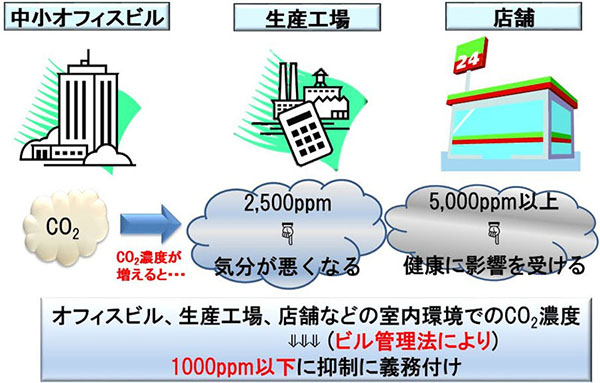
Figure 1: Reduce indoor carbon dioxide concentration to below 1000ppm 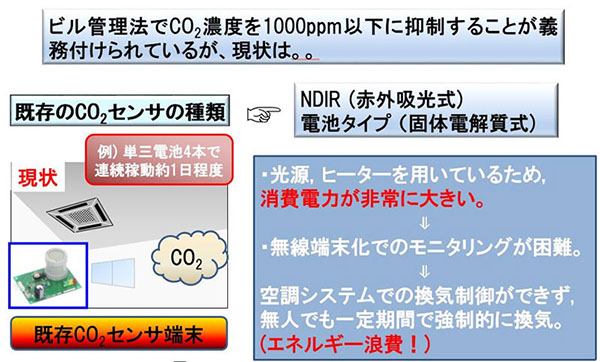
Fig. 2: Existing Sensors Cannot Continuously Measure Carbon Dioxide Concentration 
Figure 3: Using ionic liquids that adsorb carbon dioxide 
Figure 4: Calculation of changes in electrical properties after adsorption of carbon dioxide 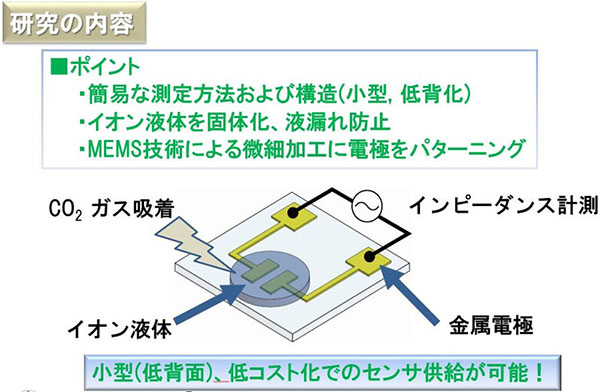
Figure 5: Simple structure for easy measurement 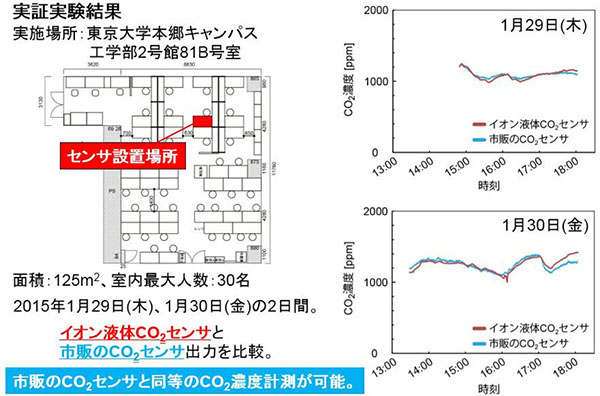
Figure 6: Verifying the measurement function in the conference room 
Figure 7: The same sensing accuracy and only one-eighth of the power consumption 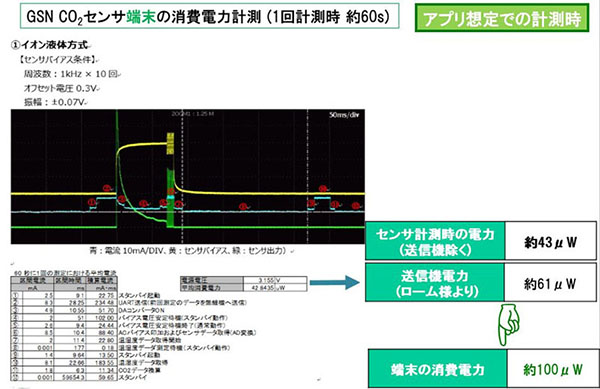
Figure 8: Power consumption when sending information, the overall power consumption of the terminal is 100μW 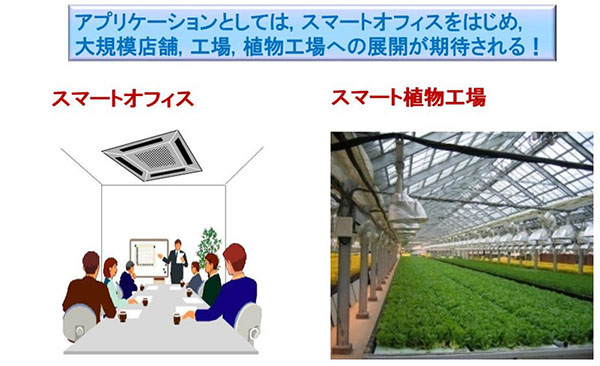
Figure 9: Carbon dioxide measurement that can also be used in plant factories
For example, sodium bromide is used for making sensitive emulsion of photographic film and for making medicinal intermediates in medico-industries, e.g. diuretic , sedative etc. It is also used as bromide making complex material and complex dyes.Characters: Colorless cubic crystal or white granular powder. Odourless, taste salty and bitter, soluble in water, slightly soluble in alcohol.Packed in 25kg bag.